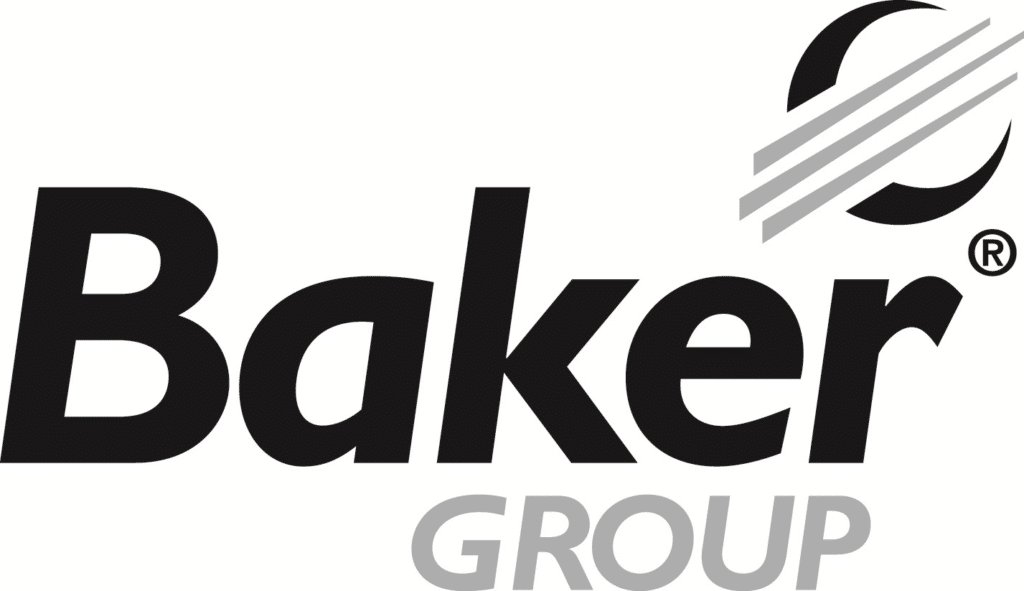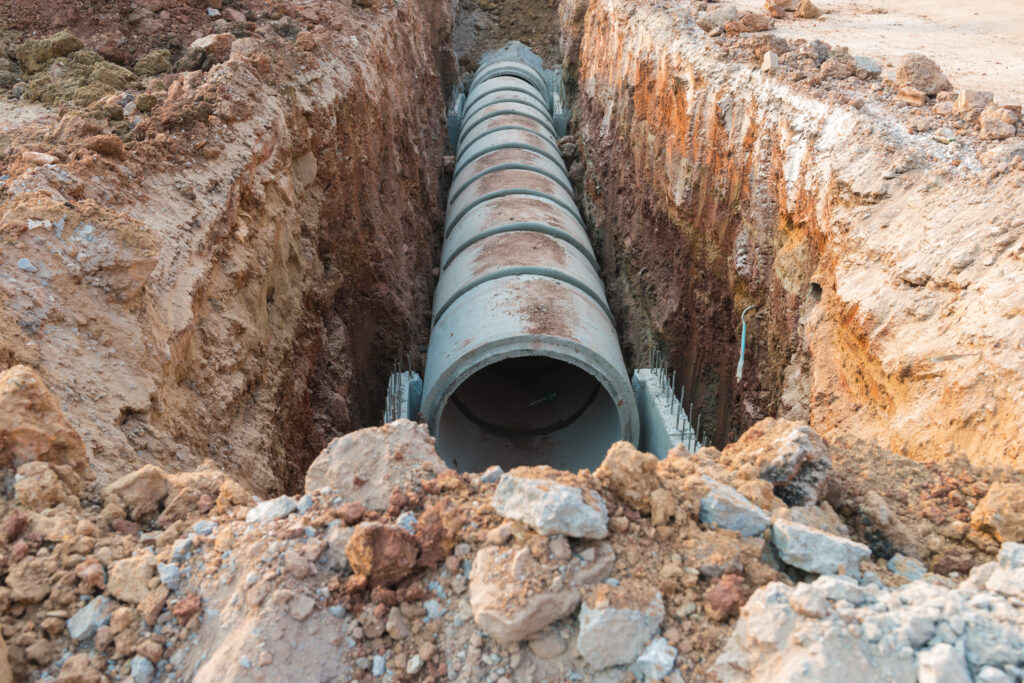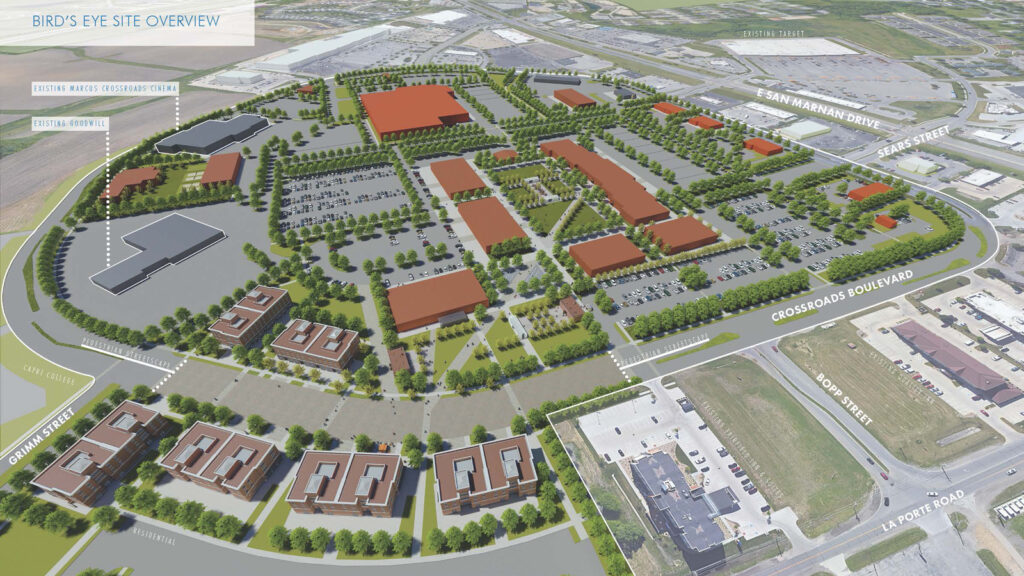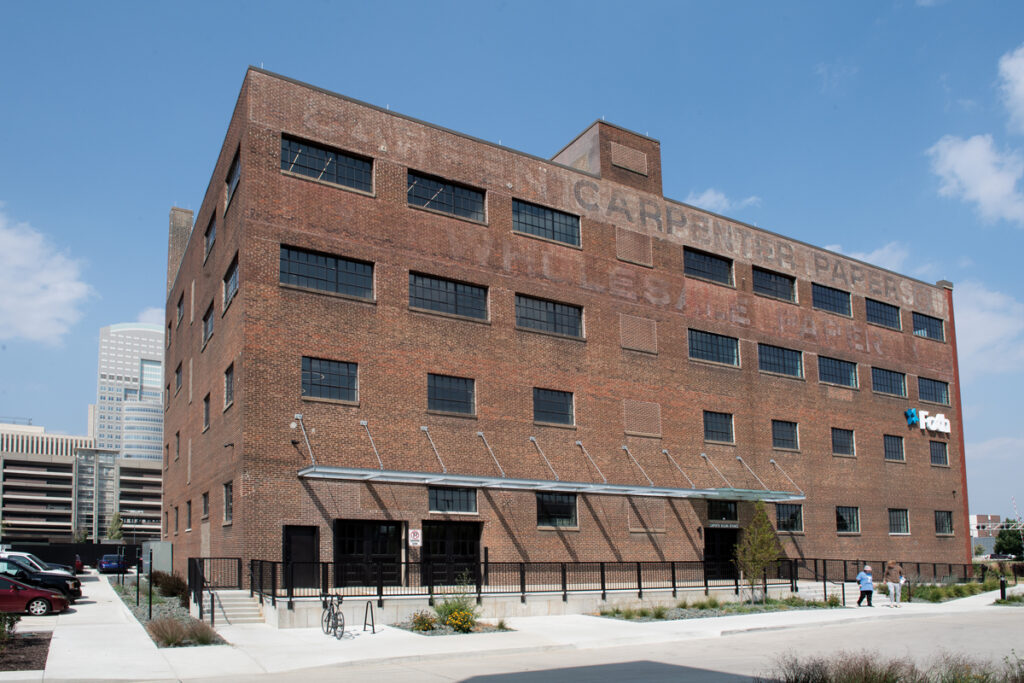THE BIG QUESTION: Is the farmland bubble about to burst?
Three Leaders | One Big Issue | Three Answers

The average price of Iowa farmland has risen nearly $5,000 an acre in the last decade, fueled in part by what one broker calls “stupid neighbor” sales, in which farmers adjoining a piece of property bid up its price, with one hoping to keep it from the other. It is true that farmers account for more than 70 percent of all farmland sales – the property is not being gobbled up by investors.
Still, you have to ask the question “How high will it go?” and when it does stop rising, will land prices tank they way they did leading to the farm crisis of the 1980s?
In late October, 120 acres in Sioux County, a top-producing county for corn and soybeans, sold for $16,750 an acre, trumping the previous high of $13,950 set in September 2010.
The question of whether the state is sitting on a land bubble was the topic of a presentation Oct. 4 at the annual Iowa Commercial Real Estate brokers expo in Des Moines.
Steve Bruere, president of Peoples Co., Mike Duffy, a professor of economics at Iowa State University, and Mike Walsten, editor of the LandOwner newsletter, answered the question at the conference and were asked to answer the same question for the Business Record.

With farm income at record levels and farmers with strong balance sheets, the prospects of a bubble seem bleak. With that said, it’s usually the unexpected that changes a market, and there are several factors that could impact land values negatively. Considering many of these factors are driven by government policy, I suspect agriculture will be attacked as we work to solve our national budget problems.
Direct farm program payments for farmers might be cut. While the direct payments aren’t needed by many farmers, these payments are capitalized into land values at roughly $600 per acre.
Crop insurance cuts: The federally subsidized crop insurance system is the safety net for farmers and landowners. A change in this system could have a negative impact on land values.
As the value of the dollar increases, U.S. commodities will look more expensive in the export markets.
The threat of slowing growth in China combined with the European financial crisis could slow global demand for U.S. grains.
Federal regulators are asking rural banks to perform stress tests on their agricultural portfolios and warning rural banks of bubble conditions. This could cause banks to tighten up credit for farmers.
Low interest rates are capitalized into land values. An increase in rates will have a negative impact on the ability to finance land purchases and farmers to finance capital-intensive farming operations.
There are several political factors that could change (the outlook for) ethanol, including the tariff on South American ethanol and the blender’s credit. Changes in government policy on ethanol could have a negative impact on land values.
If we knew $7 corn and $12 beans were sustainable, then the land sales of $10,000 an acre plus wouldn’t be cause for concern. I can’t predict what will change the prosperity that farmers are enjoying, but I’m convinced something will. As with all markets, greed and fear drive them. When the mentality changes, I suspect we will see a pullback in land values. The question is how much higher values will go before we see a pullback.

A bubble has been described as irrationality in the market where prices diverge from reasonable economic fundamentals. Given this description, I would say no, we are not in a farmland bubble. Commodity prices are high and farm income is at record levels. Additionally, interest rates are at historically low levels.
This does not mean that land will continue to rise at the current rate or that we could not see a correction in the market. But, for the time being, we are in reasonable shape. Farmers are not taking on debt as they did in the past, we are not seeing contracts for deeds, and given the current economic situation and recent urban real estate market collapse, people are very cautious.
In 2009, when commodity prices softened and costs of production increased substantially, farmland values dropped. This indicates there is still discipline in the farmland market.
It doesn’t take much change in assumed prices, percent down payment or interest rate changes to show dramatically different land values. Changes in government programs, including payments, energy policies and so forth, will impact land values. So too will the conditions throughout the U.S. and world economies.
Farmers are the primary purchasers of farmland. They buy the land to own it. As long as they aren’t too far in debt, they will continue to own the land, even if values drop. The investment may not look good, but farmers won’t sell unless they are forced to. The lack of debt is a big difference between now and the 1980s.
Land values will adjust to the new realities, but they shouldn’t pop as they may have done in the past.

We are not in a bubble, yet. A bubble implies the values cannot be justified by revenues. That’s not currently the case, as corn and soybean profit margins are quite favorable. When you use current interest rates for your capitalization rate on farmland, you also find values are not out of line. These are the two key factors – strong farm incomes and historically low interest rates – and both look favorable into 2012 and, possibly, 2013.
When these change, and a change in one is usually tied with a change in the other, values will be more difficult to justify and land demand will weaken. When that weakness occurs, farmers’ ability to service debt will be critical in determining whether a rash of farmland is forced onto the market. That would drive prices sharply lower should it occur, which is what happened in the 1980s.
So far, farmers and farm lenders have shown remarkable restraint in holding debt and leverage to manageable levels. The U.S. Department of Agriculture says total farm debt to equity is a historically low 11.6 percent. That compares to 22 percent in 1981, when farmland values peaked just prior to the steep selloff in land values.
In addition, debt repayment capacity utilization is near a historical low of 38 percent. That means farmers are using only 38 cents of every dollar of income to service debt, and, therefore, have 62 cents of every dollar still available for servicing debt. This suggests farmland owners have a stronger balance sheet than they did in 1981 and are in a better position to withstand a period of declining farm incomes and weakening land values.
This is not the 1980s as long as that financial restraint continues.









